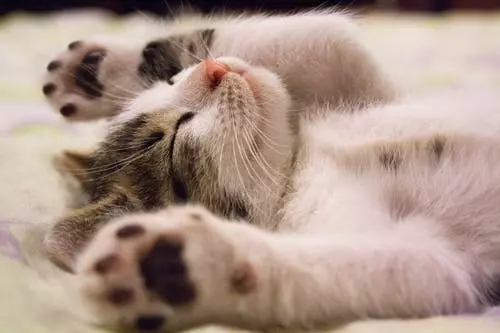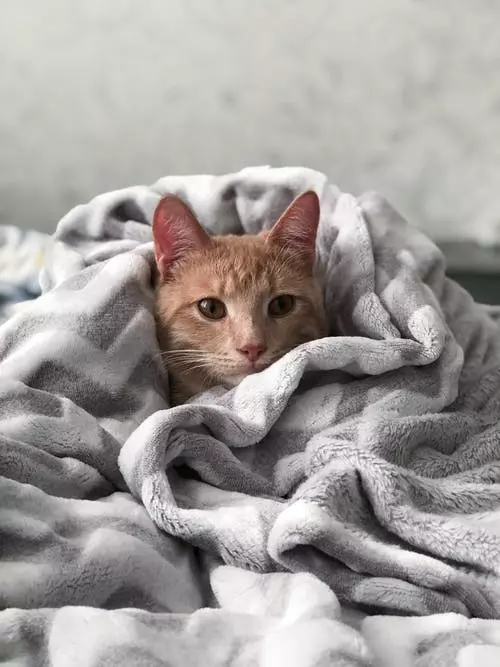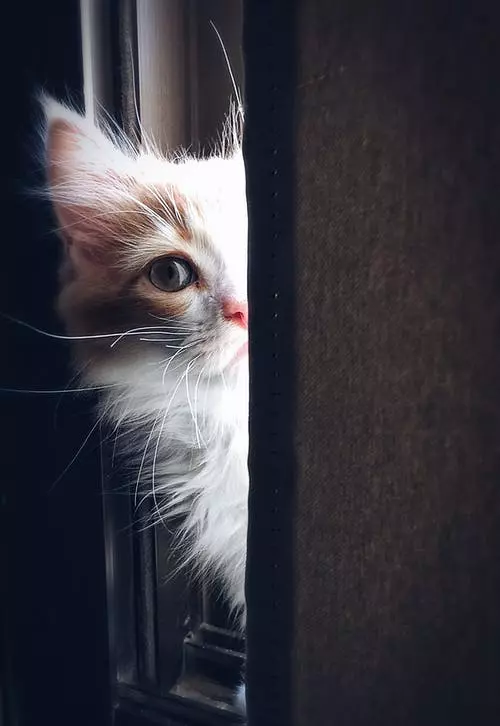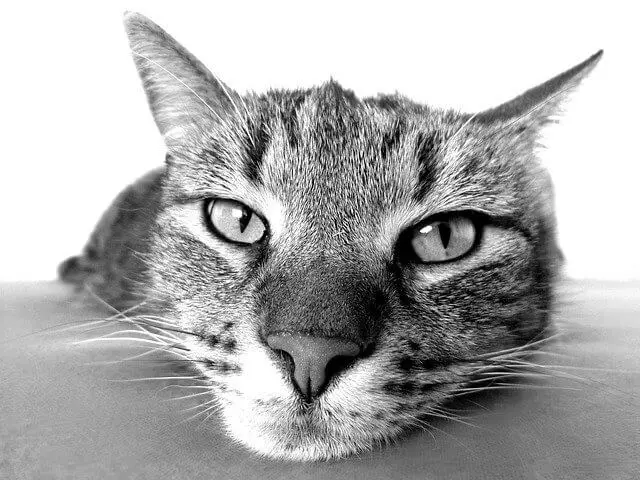Cats are known for their independent and territorial nature. While it’s perfectly normal for cats to engage in certain vocalizations, excessive vocalization during territorial conflicts can be a cause for concern. If you’ve noticed your cats engaging in loud and prolonged vocal battles, it’s essential to understand the root causes and find ways to address this behavior. In this article, we’ll explore effective strategies to cope with excessive vocalization during territorial conflicts in cats, helping you maintain a peaceful and harmonious environment for both you and your feline companions.
Understanding Excessive Vocalization in Cats
Cats communicate through various vocalizations, including meowing, hissing, growling, and yowling. These vocalizations serve as a means of communication, often indicating their emotional state or expressing their needs. However, when territorial conflicts arise, excessive vocalization may occur, causing disruption and distress for both the cats and their owners.
Excessive vocalization during territorial conflicts can be attributed to a range of factors, such as:
1. Competition for resources: Cats may become territorial when it comes to essential resources like food, water, litter boxes, or resting spots. This competition can lead to excessive vocalization as they assert their dominance or defend their territory.
2. Introducing new cats: When introducing a new cat into the household, existing cats may feel threatened or challenged, resulting in vocal battles as they establish their hierarchy.
3. Outdoor intruders: Cats with access to the outdoors may encounter other cats trespassing on their territory, leading to territorial disputes and increased vocalization.
4. Medical conditions: Excessive vocalization can sometimes be a symptom of underlying medical conditions, such as hyperthyroidism, cognitive dysfunction, or pain. Therefore, ruling out any potential health issues is crucial when dealing with this behavior.
Strategies to Cope with Excessive Vocalization
Now that we have a better understanding of why excessive vocalization occurs during territorial conflicts, let’s explore practical strategies to address and cope with this behavior effectively:
1. Provide ample resources: Ensure each cat has access to its own essentials, such as food, water, litter boxes, and resting areas. This helps minimize competition and reduces the need for vocalization.
2. Create a safe and enriched environment: Enrich your cats’ environment with toys, scratching posts, and perches, allowing them to engage in natural behaviors and providing alternative outlets for their energy and territorial instincts.
3. Gradual introduction of new cats: When introducing a new cat, follow a gradual and controlled introduction process. This allows cats to become familiar with each other’s scents and presence, minimizing territorial conflicts and associated vocalization.
4. Provide vertical territory: Vertical spaces, such as cat trees or shelves, offer cats the opportunity to establish their territory in a three-dimensional way. This can help reduce territorial disputes and excessive vocalization.
5. Neuter or spay your cats: Unneutered or unspayed cats are more prone to territorial behavior. Having your cats sterilized can help decrease aggression and territorial conflicts, consequently reducing excessive vocalization.
6. Consult with a veterinarian or animal behaviorist: If excessive vocalization persists despite your efforts, consider seeking professional advice. A veterinarian or certified animal behaviorist can help identify any underlying medical issues or provide behavior modification techniques tailored to your cats’ specific needs.
FAQs
Q: Is excessive vocalization during territorial conflicts in cats normal?
A: While some vocalization during territorial conflicts is normal, excessive and prolonged vocal battles may indicate underlying issues that require attention.
Q: How can I tell if my cat’s vocalization is due to a medical condition?
A: If you notice a sudden change in your cat’s vocalization patterns, it’s important to consult with a veterinarian. They can assess your cat’s overall health and rule out any underlying medical conditions.
Q: Will neutering/spaying my cats help reduce excessive vocalization during territorial conflicts?
A: Neutering or spaying your cats can help reduce aggression and territorial behavior, potentially minimizing excessive vocalization. However, it may not completely eliminate the behavior, especially if other factors are contributing to the conflicts.
Q: Can excessive vocalization during territorial conflicts be resolved without professional help?
A: In some cases, implementing environmental enrichment and providing ample resources can help resolve excessive vocalization during territorial conflicts. However, if the behavior persists or worsens, seeking professional advice from a veterinarian or animal behaviorist is recommended.
By understanding the root causes of excessive vocalization during territorial conflicts and implementing these effective coping strategies, you can create a peaceful and harmonious environment for both your feline companions and yourself. Remember, patience, consistency, and professional guidance, when necessary, are key to resolving this behavior and fostering a happy coexistence among your cats.








